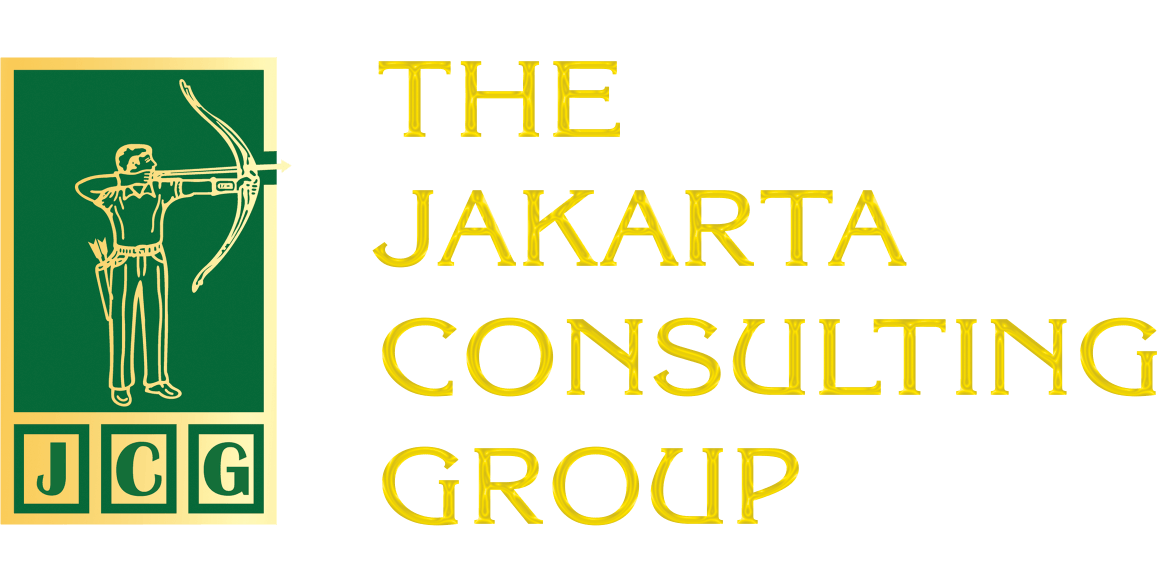In the world of organizational change, bold, visionary and charismatic leaders-such as Steve Jobs, Elon Musk or Indra Nooyi-often take center stage. These figures are often portrayed as people who are able to move their organizations through complex transformations with nothing but their magic wand-like charisma. But is charismatic leadership really necessary to manage major change? Or is this just a catchy myth that obscures the fact that transformation is actually a collaborative and systemic process?
Leader Charisma: Between Myth and Reality
The world of management and popular culture often glorifies the “hero leader” – a figure with a compelling vision, oratorical skills, and unflagging passion. Charismatic leadership is often seen as a driver of change, a team player, and a source of inspiration for innovation. Research from experts, such as Max Weber who coined the theory of charismatic authority, shows that charisma can indeed be a powerful tool of influence, especially in the midst of crisis or uncertainty.
However, charisma also has a dark side. Organizations that rely too heavily on a single leader risk turmoil when that figure leaves, loses influence, or gets trapped in an echo chamber that separates it from critical input. In fact, in some cases, charismatic leaders can stifle dissent and centralize power, leading to authoritarian decision-making that ultimately stifles collaboration and innovation.
On the other hand, charisma is not something that can be shared equally or taught easily. Waiting for the “perfect” leader to emerge before embarking on a transformation will only slow down progress and waste precious momentum. The fundamental question, then, is: Can transformation be realized democratically? Can organizational structures, cultures and systems replace individual charismatic leadership?
Collective Leadership is Growing in Popularity

Evidence increasingly suggests that the answer is yes-organizations can successfully manage transformation without relying on charismatic leadership, provided they apply collective leadership.
Collective leadership is an approach where influence and responsibility are shared and distributed across multiple roles and levels. Instead of relying on a single visionary, change is driven by a network of self-directed teams, aligned values, and flexible learning processes.
Concrete examples can be seen in companies like Spotify, W.L. Gore, and Toyota (especially at the beginning of their transformations). Spotify, for example, adopted a modular structure based on “tribes,” “troops,” and “guilds,” where decision-making is decentralized and leadership is spread across teams. No single individual is the “prime mover”-the system is designed to evolve naturally. With this approach, organizations can be more agile and sustainable in the face of change.
Success Without Charisma: How Do You Do It?
If not charismatic leadership, what exactly is the key driver of successful organizational transformation?
There are several key factors that determine transformation success. First, a clear vision and purpose. Purpose-driven organizations don’t always need charismatic leaders to keep employees motivated. When every team member understands and commits to a common mission, transformation becomes a collective effort. For example, Patagonia successfully drove operational and cultural change thanks to a strong commitment to environmental sustainability-without relying on dominant leadership.
Second, transparent and effective communication. Rather than relying on inspirational speeches from charismatic leaders, organizations need to build open communication systems-through regular meetings, digital platforms, or feedback mechanisms. This allows team members to understand the direction of change and contribute actively.
Third, empower middle managers. Middle managers act as the bridge between the leadership’s strategy and execution on the ground. By training them in adaptive, collaboration, and innovation skills, organizations can drive more sustainable change. This reduces dependence on a single figure with charismatic leadership.
Fourth, flexible organizational structures. Flat or network-based organizational models encourage dispersal of authority and avoid bureaucratic red tape. Adaptation, which is critical in transformation, becomes faster.
Fifth, a supportive culture and psychological safety. Without a charismatic figure capable of inspiring through personal charm. Organizations must create an environment where employees feel safe to pitch ideas, experiment, and even fail. Google’s research (Project Aristotle) proved that psychological safety is the most important factor in building high-performing teams.
Challenges in the Absence of Charisma

Leading transformation without a charismatic leader presents a number of challenges. Some risks include fragmentation of the organization’s vision and resistance to change without a strong communicator. There’s also a possible loss of enthusiasm for transformation during the process.
To overcome these risks, organizations need to actively align all members under a common purpose and strengthen leadership capacity at various levels. Change should also be integrated into the system, rather than relying on specific individuals.
Organizational transformation does not depend on charismatic leadership, but rather on how the organization is designed. While charisma can accelerate change, it is not the primary factor. Instead, the key to success lies in a well-defined shared vision, as well as mechanisms that encourage learning and feedback. The organizational structure needs to empower teams, divide responsibilities equally, and build a work culture that supports collaboration.
Related Posts:
The Rise of Fractional Leadership: Executives Who Work Part-Time for Multiple Organizations
Micromanaging vs Empowering: Leadership Styles that Transform Engagement into Empowerment
Buzzword Leader vs. Truly Engaged Leadership
How to Quickly Improve Successor Competence Through Effective On-the-Job Training
Effective Leadership Amidst the Storm: Strategies for Surviving in an Era of Global Uncertainty










